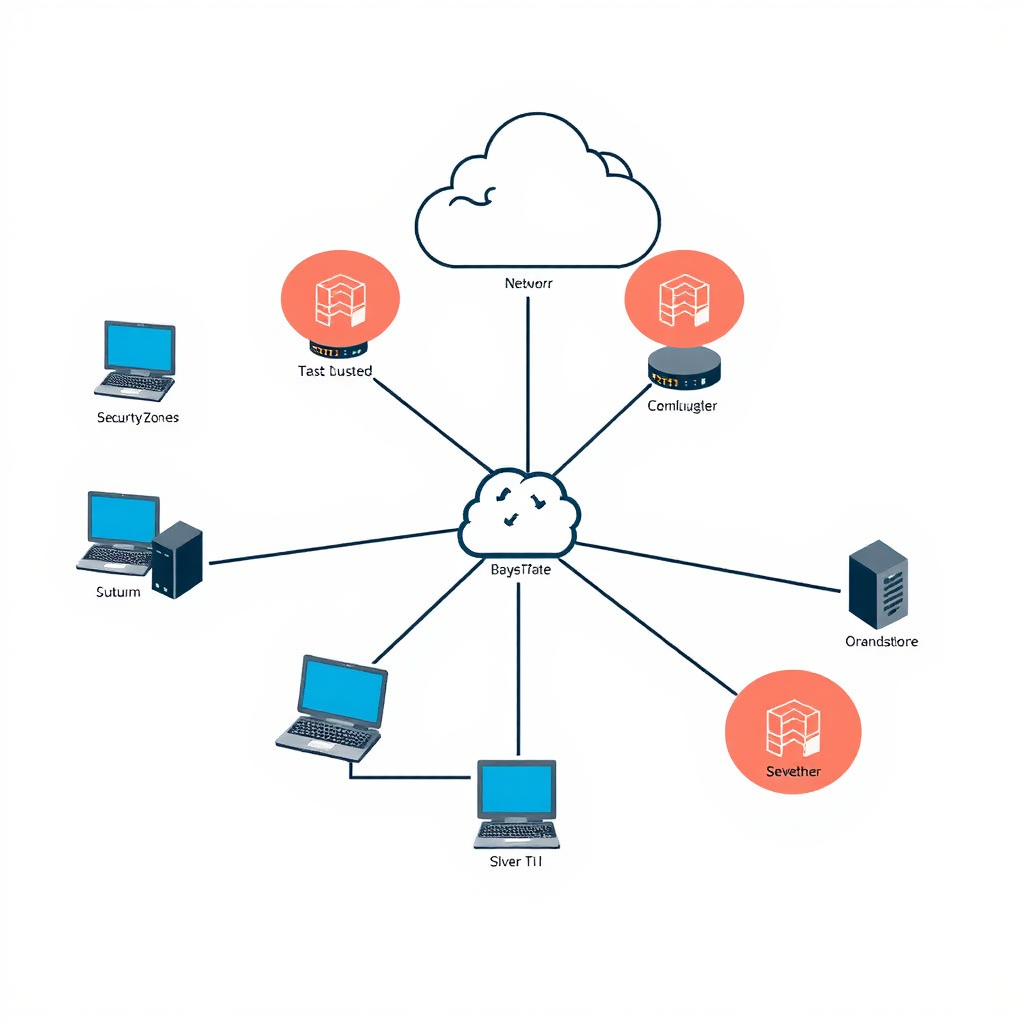Essential Network Security Practices for Small Business IT Teams

In today's digital landscape, small business IT teams face increasing cybersecurity challenges with limited resources. Implementing robust network security practices is crucial for protecting your organization's data and maintaining operational continuity. This comprehensive guide outlines fundamental security strategies that can be effectively deployed without extensive budgets or large technical teams.
Understanding Your Network Infrastructure
Before implementing security measures, it's essential to have a clear understanding of your LAN network topology. Small businesses often operate with mixed environments containing various devices, from workstations and servers to IoT devices and mobile endpoints.

Regular network discovery and IP scanner tools help maintain an accurate inventory of all connected devices. This visibility forms the foundation of effective security management, allowing IT teams to identify unauthorized devices and potential security gaps.
Device Monitoring and Network Visibility
Continuous monitoring of network devices is a cornerstone of effective security. Small business IT teams should implement automated scanning solutions that can regularly assess the network perimeter and internal segments.
Key Monitoring Strategies:
- Automated IP Scanning: Deploy tools that regularly scan your LAN for active devices and changes in network topology
- Monitoring: Track open ports and services running on network devices to identify potential vulnerabilities
- Device Fingerprinting: Maintain detailed profiles of authorized devices to quickly identify anomalies
- Real-time Alerts: Configure notifications for new device connections or suspicious network activity
Pro Tip:
Schedule regular network scans during off-peak hours to minimize impact on business operations while maintaining comprehensive visibility into your network infrastructure.
Access Control Implementation
Effective access control ensures that only authorized users and devices can access network resources. Small businesses can implement several layers of access control without significant infrastructure investments.

Essential Access Control Measures:
Network Segmentation
Separate critical systems from general user networks using VLANs or physical segmentation to limit potential breach impact.
Multi-Factor Authentication
Implement MFA for all administrative accounts and critical system access to add an extra security layer.
Vulnerability Assessment Strategies
Regular vulnerability assessments help identify security weaknesses before they can be exploited. Small business IT teams can adopt practical approaches that don't require extensive security expertise.
Practical Assessment Approaches:
- Automated Scanning Tools: Use network scanners to identify open ports, outdated software, and configuration issues across your LAN
- Patch Management: Establish regular update schedules for operating systems, applications, and network devices
- Configuration Reviews: Regularly audit device configurations to ensure security best practices are maintained
- Third-party Assessments: Consider periodic external security assessments to gain objective insights
Important Consideration
Document all identified vulnerabilities and create a prioritized remediation plan based on risk level and business impact. This systematic approach ensures critical issues are addressed first.
Building a Security-First Culture
Technology alone cannot secure a network; human factors play a crucial role in maintaining security. Small business IT teams should focus on creating awareness and establishing clear security protocols.

Key Cultural Elements:
- Regular security awareness training for all employees
- Clear incident reporting procedures
- Regular security policy updates and communication
- Recognition programs for security-conscious behavior
Cost-Effective Security Tools and Solutions
Small businesses don't need enterprise-level budgets to implement effective security measures. Many powerful tools are available at reasonable costs or even as open-source solutions.
Network Scanners
Automated IP scanning tools for continuous network monitoring and device discovery.
Firewall Solutions
Next-generation firewalls with intrusion detection and prevention capabilities.
Monitoring Platforms
Centralized monitoring solutions for tracking network performance and security events.
Implementation Roadmap
Successfully implementing network security practices requires a structured approach. Here's a practical roadmap for small business IT teams:
Phase 1: Assessment (Weeks 1-2)
Conduct comprehensive network discovery using IP scanner tools, document all devices, and identify immediate security gaps.
Phase 2: Foundation (Weeks 3-6)
Implement basic access controls, update critical systems, and establish monitoring procedures for your LAN environment.
Phase 3: Enhancement (Weeks 7-10)
Deploy advanced monitoring tools, implement network segmentation, and establish regular vulnerability assessment schedules.
Phase 4: Optimization (Ongoing)
Continuously refine security practices, conduct regular training, and adapt to emerging threats and business changes.
Measuring Security Effectiveness
Establishing metrics helps IT teams demonstrate the value of security investments and identify areas for improvement. Focus on measurable outcomes that align with business objectives.
Technical Metrics
- Time to detect security incidents
- Number of vulnerabilities identified and remediated
- Network uptime and availability
- Compliance audit results
Business Metrics
- Reduction in security incidents
- Cost savings from prevented breaches
- Employee security awareness scores
- Customer trust and satisfaction levels
Conclusion
Implementing essential network security practices doesn't have to be overwhelming for small business IT teams. By focusing on fundamental principles like continuous monitoring, access control, and vulnerability assessment, organizations can significantly improve their security posture without extensive resources.
The key to success lies in taking a systematic approach, starting with basic network visibility through IP scanner tools and gradually building more sophisticated security capabilities. Remember that security is an ongoing process, not a one-time implementation.
Start today by conducting a comprehensive scan of your LAN network to understand what devices are connected and identify immediate security priorities. This foundation will guide your security improvement efforts and help protect your organization's valuable digital assets.